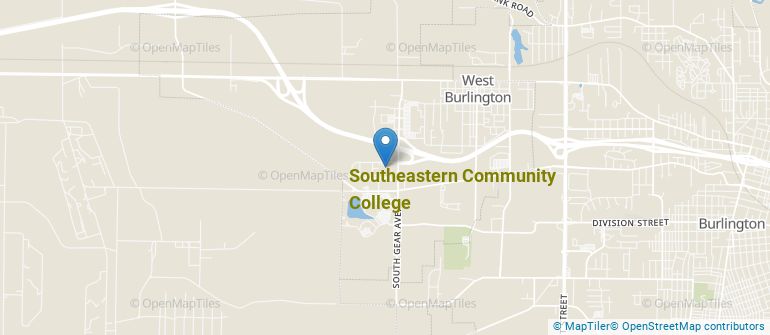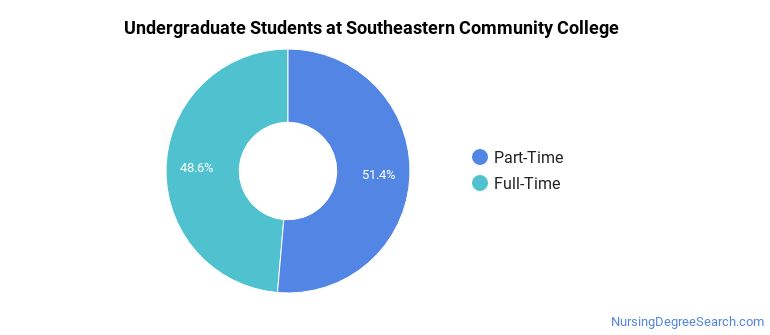Southeastern Community College Nursing Programs
Southeastern Community College is a public institution located in West Burlington, Iowa. The surrounding location of West Burlington is ideal for students who enjoy the charms of a college town.
Where Is Southeastern Community College?

Contact details for Southeastern Community College are given below.
| Contact Details | |
|---|---|
| Address: | 1500 West Agency Road, West Burlington, IA 52655-0180 |
| Phone: | 319-752-2731 |
| Website: | www.scciowa.edu |
How Do I Get Into Southeastern Community College?
You can apply to Southeastern Community College online at: www.scciowa.edu/scripts/admissions/admapplication.asp
Can I Afford Southeastern Community College?
Student Loan Debt
It's not uncommon for college students to take out loans to pay for school. In fact, almost 66% of students nationwide depend at least partially on loans. At Southeastern Community College, approximately 37% of students took out student loans averaging $4,291 a year. That adds up to $17,164 over four years for those students.
Southeastern Community College Undergraduate Student Diversity

Gender Diversity
Of the 1,099 full-time undergraduates at Southeastern Community College, 40% are male and 60% are female.

Racial-Ethnic Diversity
The racial-ethnic breakdown of Southeastern Community College students is as follows.

| Race/Ethnicity | Number of Grads |
|---|---|
| Asian | 16 |
| Black or African American | 76 |
| Hispanic or Latino | 83 |
| White | 265 |
| International Students | 54 |
| Other Races/Ethnicities | 605 |
Southeastern Community College Nursing Concentrations
The table below shows the number of awards for each concentration.
| Major | Basic Certificate | Associate’s | Undergraduate Certificate | TOTAL |
|---|---|---|---|---|
| Nursing Assistant/Aide and Patient Care Assistant/Aide | 185 | 0 | 0 | 185 |
| Licensed Practical/Vocational Nurse Training | 0 | 0 | 64 | 64 |
| Registered Nursing | 0 | 57 | 0 | 57 |
| TOTAL | 185 | 57 | 64 | 306 |
References
*The racial-ethnic minorities count is calculated by taking the total number of students and subtracting white students, international students, and students whose race/ethnicity was unknown. This number is then divided by the total number of students at the school to obtain the racial-ethnic minorities percentage.
More about our data sources and methodologies.
